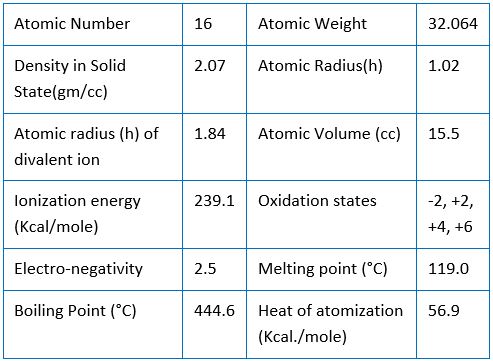A critical review on different methods of Shodhana of Gandhaka w.s.r. to its Chemical Characteristics
DOI:
https://doi.org/10.21760/jaims.9.10.25Keywords:
Gandhaka, Shodhana, Allotropes, SulphurAbstract
Introduction: Gandhaka has always been an interesting non- metal to be studied by Ayurvedic scholars. Its ability to exist in different forms and exhibiting different characteristics intrigued our ancestors. Hence Gandhaka is given importance second to Parada. Materials & Methods: Gandhaka Shodhana can be carried out in different ways, of which 4 unique methods are compiled and analysed in detail. The methods incorporated Dalana, Swedana, Patana and Puta method. Discussion: Sulphur exists in different allotropes. Each allotrope exhibits different chemical properties which are utilized by our Acharyas in intelligent ways. Conclusion: Gandhaka even fascinates the present-day scientists and is being studied in detail. If properly studied by Ayurvedic scholars, it can be valuable addition to the field of Rasachikitsa.
Downloads
References
Acharya Sree Vagbhata Commentary on Rasaratna Samucchaya by Prof. Siddhi Nandan Mishra, Chaukhambha Orientalia, Varanasi, 3rd chapter, Verse 21, Pg No:64
Rasa Tarangini of Sri Sadananda Sharma by Dr Ravindra Angadi, Chaukhambha Surbharati Prakashan, 8th Chapter, Verse23,24,25, Pg No:123
Rasa Jala Nidhi by Bhudeb Mookerjee, Chaukhambha Publishers, Varanasi, Volume 2, 2nd chapter, Pg No:133
Ayurveda Prakasha by Vaidya Gulrajsharma Mishra, Chaukhambha Bharati Academy, chapter, Verse 35, Pg No:264
https://www.embibe.com/exams/allotropes-of-sulfur/25th Jan 2023















